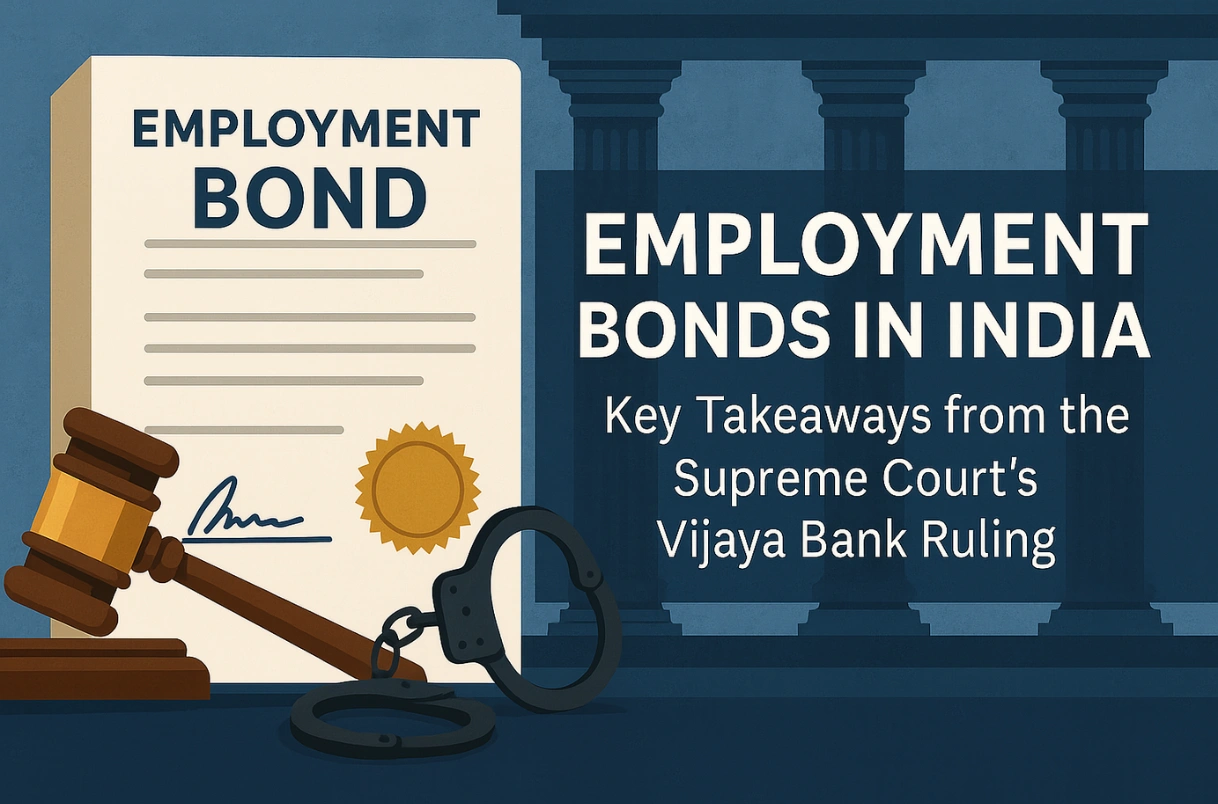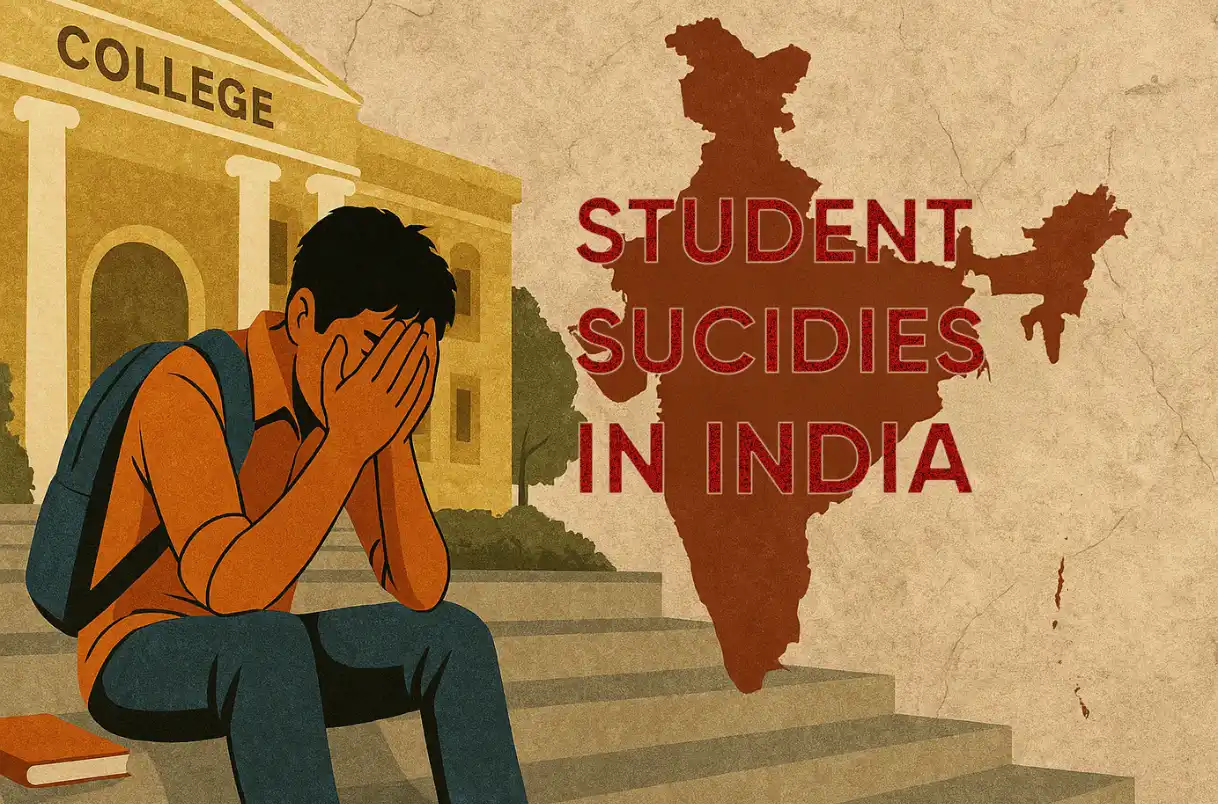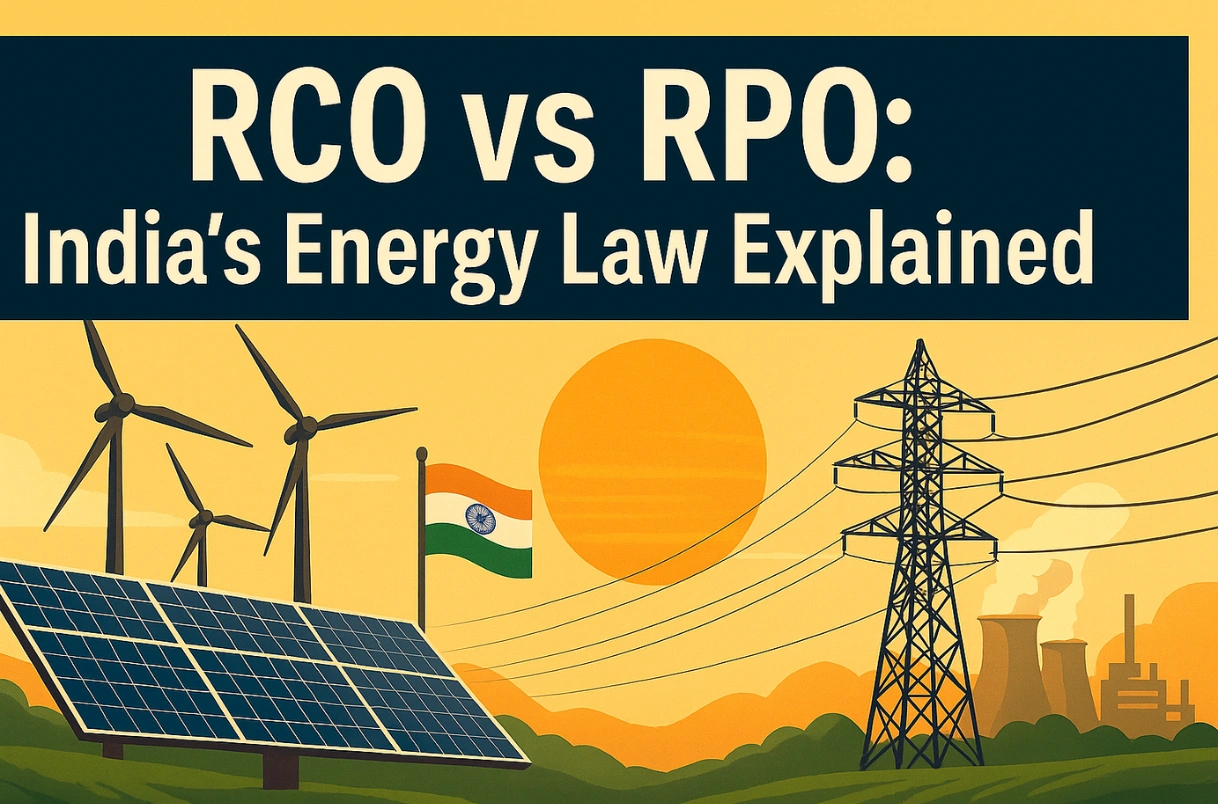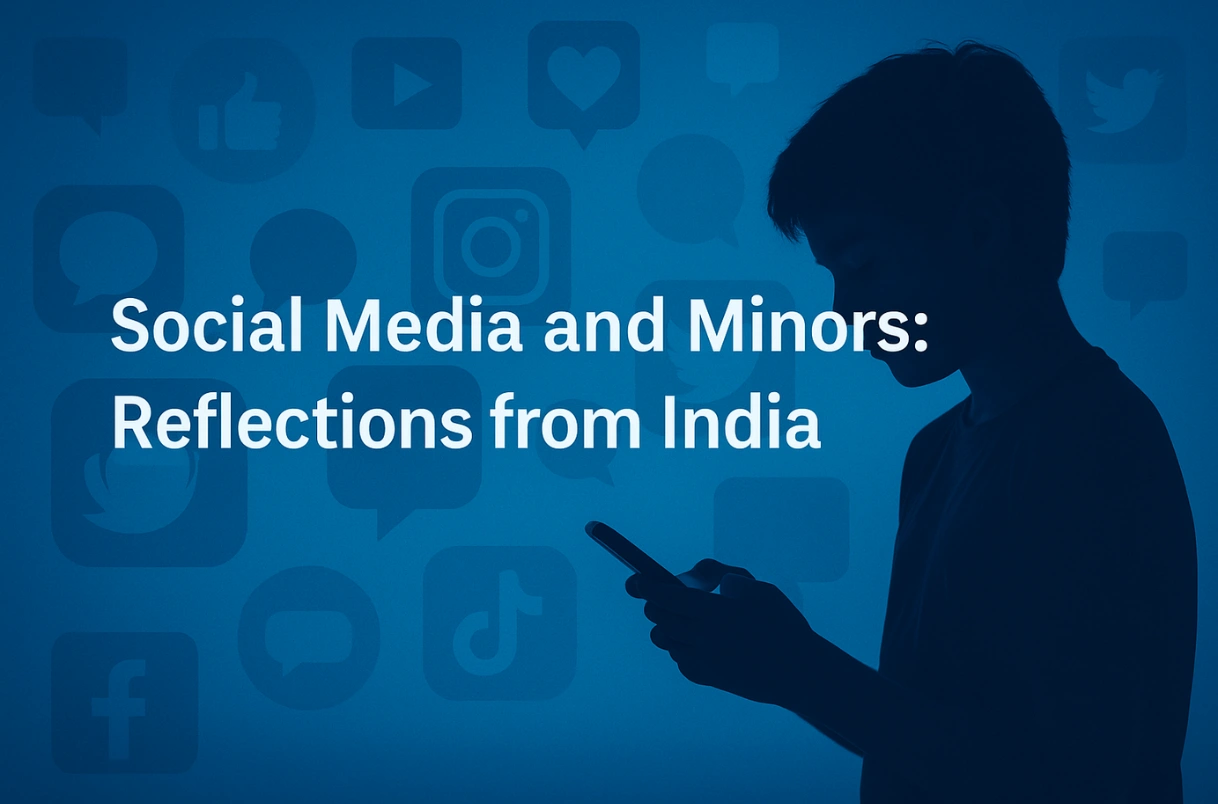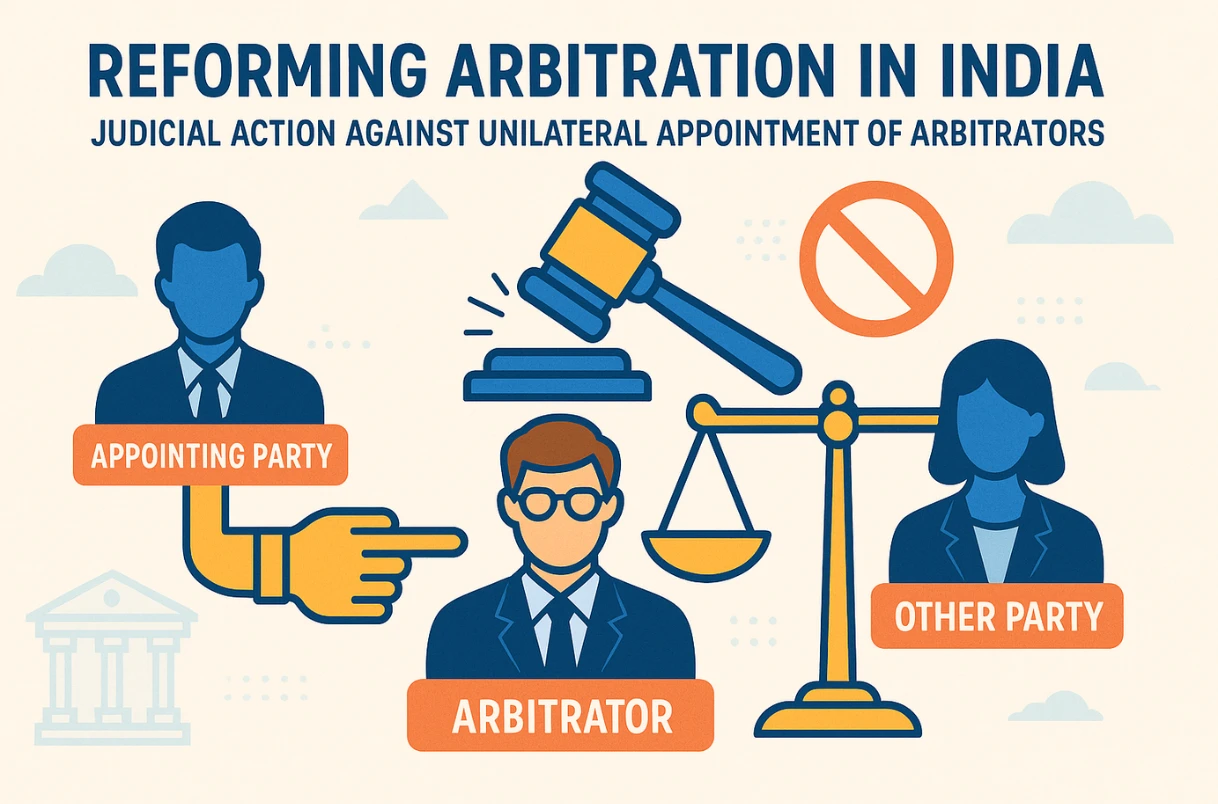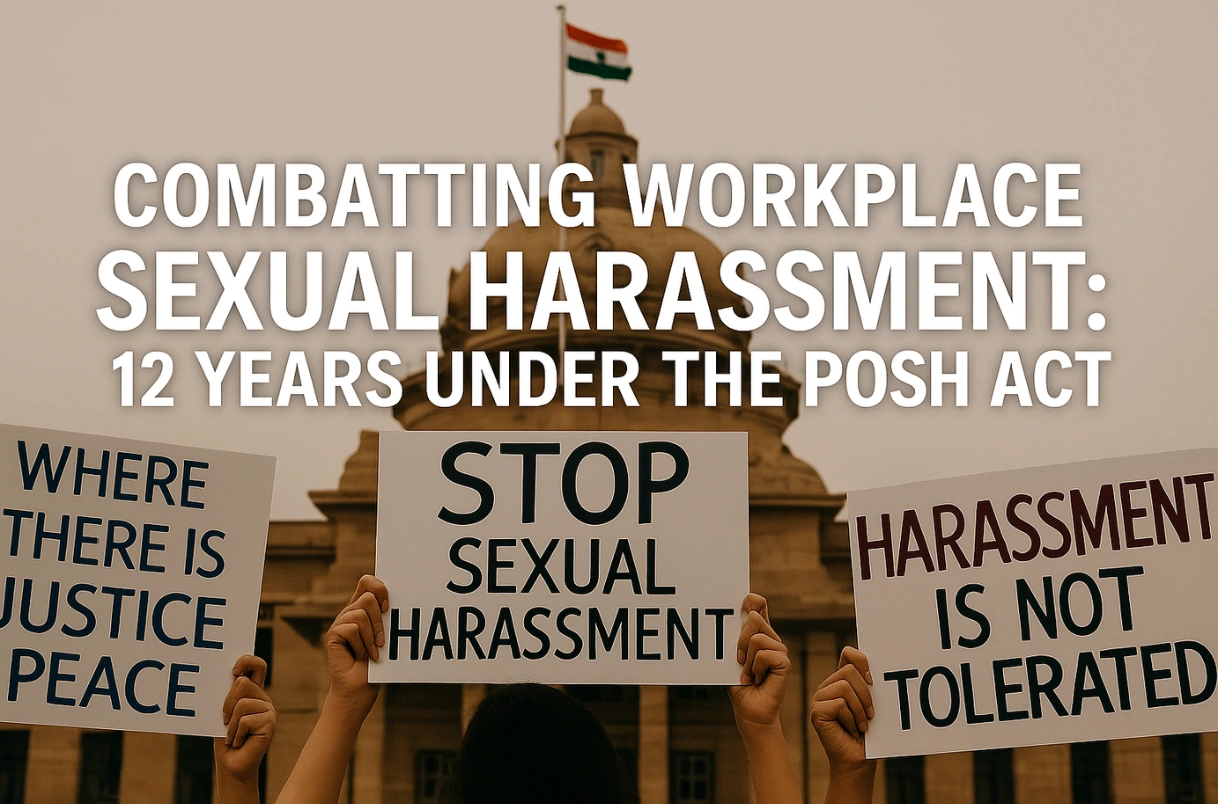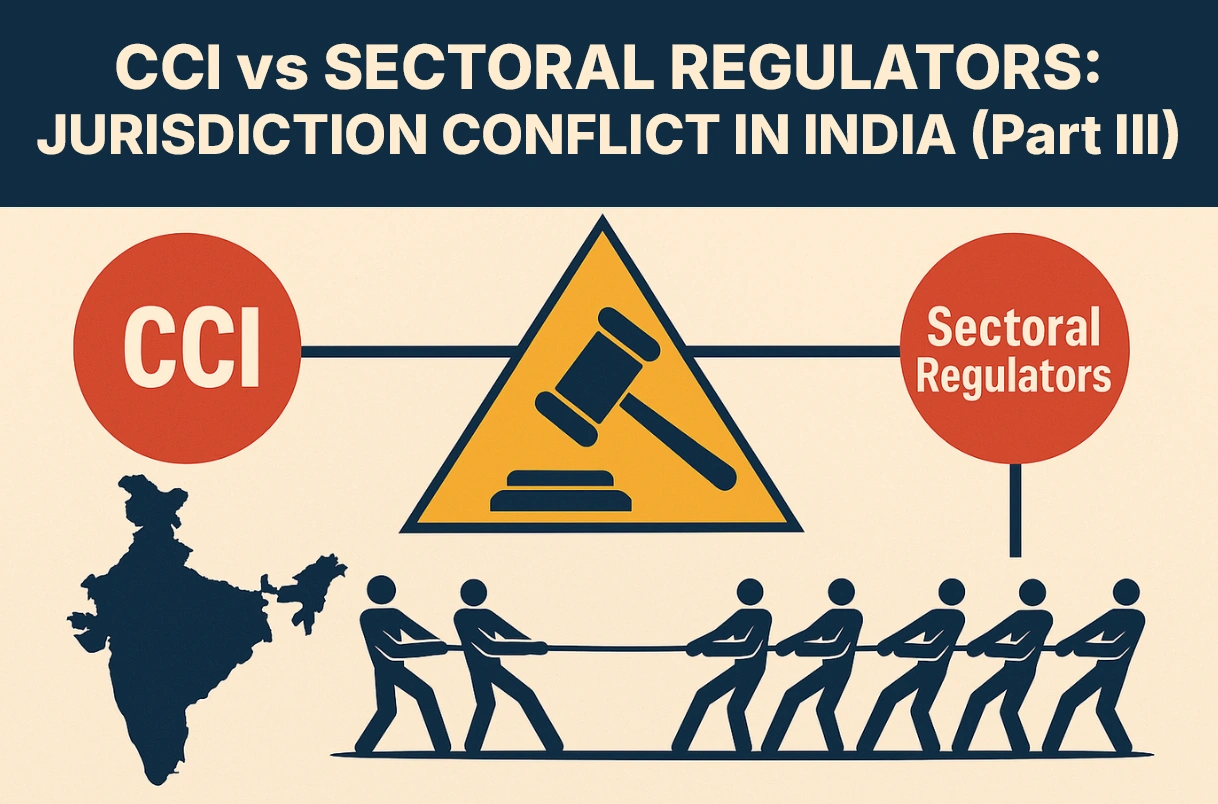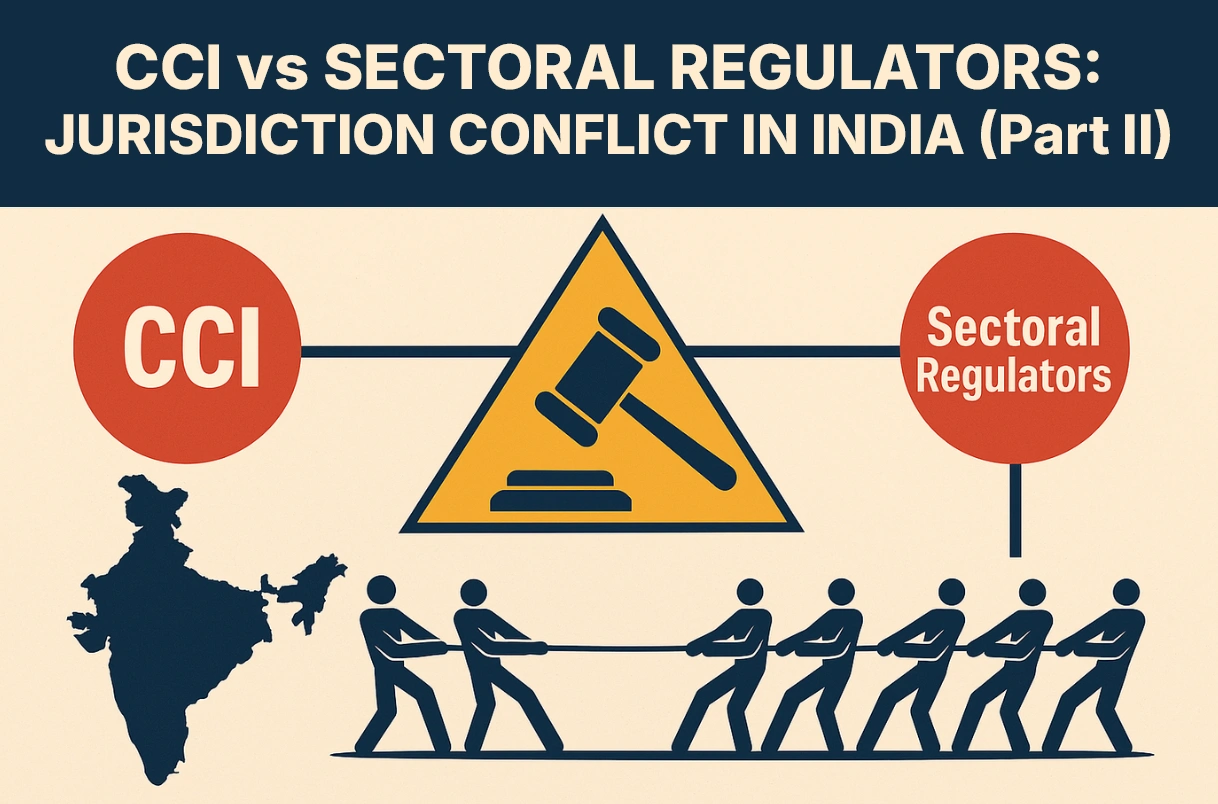READ OUR INSIGHTFUL ARTICLES
Employment Bonds in India: Key Takeaways from the Supreme Court’s Vijaya Bank Ruling
The Supreme Court’s ruling in Vijaya Bank v. Prashant B. Narnaware clarifies the legality of employment bonds in India. It holds that such bonds are enforceable when tied to valid employment agreements, limited to the period of employment, and supported by reasonable liquidated damages. The judgment offers critical guidance on balancing employer interests with constitutional and contractual protections.
Aligning Indian Competition Law with Global Sustainability Goals
As sustainability goals reshape global markets, India’s competition law must evolve to keep pace. This article explores the intersection of environmental imperatives and antitrust principles, highlighting the need to accommodate green collaborations within the Competition Act, 2002. Drawing lessons from international jurisdictions, it outlines a policy roadmap to ensure India’s markets remain both competitive and climate-conscious.
Tackling challenges of student suicide epidemic in India
India is facing a rising student suicide crisis driven by academic pressure, discrimination, and systemic neglect. A landmark Supreme Court judgment has spotlighted institutional responsibility and caste-based bias. This article explores legal reforms, mental health gaps, and global models to build safer, inclusive campuses urging urgent action to address the root causes behind student suicides in India’s higher education system.
RCO vs RPO: India’s Energy Law Explained
As India navigates the digital age, the question of protecting minors online grows more urgent. With the DPDP Act mandating parental consent but setting no clear minimum age for social media, this article explores the legal, ethical, and technological challenges of ensuring child safety online. It unpacks India’s evolving regulatory approach, global comparisons, and what platforms must do to comply — without compromising user privacy.
Social Media, Minors, and India’s Regulatory Crossroads
India’s new data protection law signals a major shift in how minors engage with social media. With mandatory parental consent, unclear age thresholds, and enforcement gaps, the DPDP framework walks a tightrope between child safety and digital rights. This article explores the policy tensions, global comparisons, and the urgent need for clarity in protecting young users online.
Unilateral Arbitrator Appointments: The Supreme Court’s Final Word
The Supreme Court’s landmark verdict in CORE-II (2024) redefines the legality of unilateral arbitrator appointments, challenging long-standing practices in PSU and government contracts. This article unpacks the evolving judicial stance, key precedents, and the shifting policy landscape of arbitration in India.
From Consent to Compliance: Understanding India’s New Data Privacy Rules
India’s Draft DPDP Rules, 2025 outline how the DPDP Act will be enforced. This piece highlights key compliance features, rights of individuals, and major regulatory gaps.
POSH Act at 12: Evaluating India’s Framework Against Workplace Sexual Harassment
Twelve years after the POSH Act’s enactment, gaps in procedural clarity and inconsistent ICC practices still hinder justice. This article explores key rulings, implementation lapses, and what must change to make workplaces safer for women.
Jurisdictional Conflict in Competition Law: CCI vs Sectoral Regulators in India (Part 3)
In the concluding part of our three-part series on regulatory overlaps in Indian competition law, we explore jurisdictional conflicts in sectors like aviation and professional regulation, and examine global models of coordination between competition authorities and sectoral regulators.
Jurisdictional Conflict in Competition Law: CCI vs Sectoral Regulators in India (Part 2)
Part 2 of our CCI series explores critical jurisdictional conflicts beyond telecom—focusing on the Copyright Act, Patents Act, and Electricity Act. Dive into recent judicial trends and ongoing disputes involving SEPs, tariff control, and regulatory overlap.
